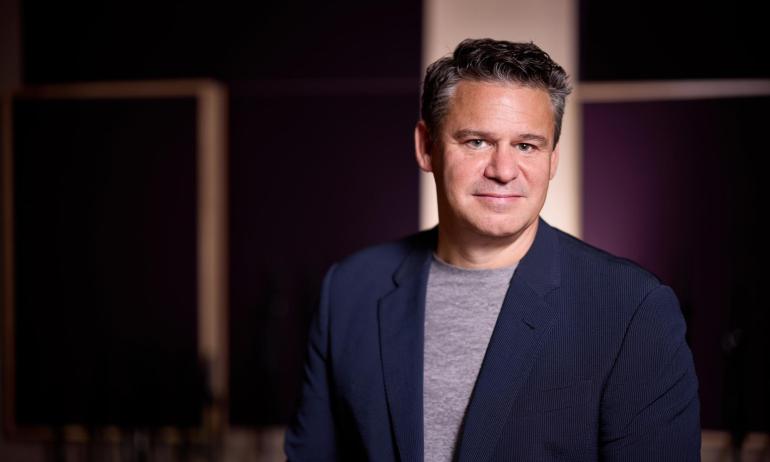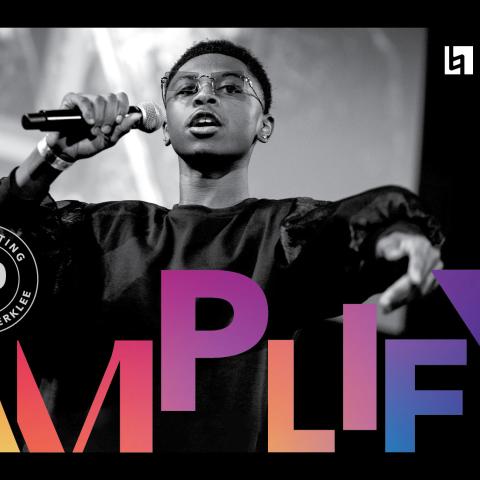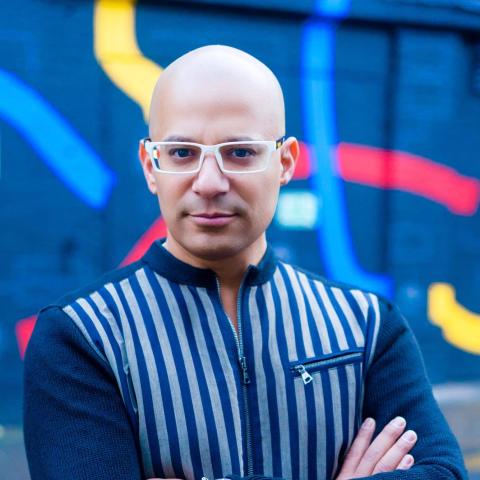A Symphony to Call Its Own
Berklee is best known for focusing on relatively new musical idioms. Jazz, rock, gospel, and country have existed for fewer than 100 years. Through the years, the conflation of diverse styles at the college has revealed the different dialects of a common language. Recently, with the establishment of the Berklee Contemporary Symphony Orchestra (BCSO), Berklee has added classical symphonic music to the mix. According to the orchestra’s principal violist and faculty adviser Melissa Howe, “The BCSO has all the power, color, and variety of a traditional orchestra but looks forward more than it looks back.”
Over the years and with varying degrees of success, Berklee has launched several orchestras. While the college has housed various student- and faculty-led efforts and the long-standing conducting chamber orchestra, classically inclined musicians have not found broad institutional support for their interests—until now.
Performers, composers, conductors, and soloists alike have expressed a desire for an orchestra of high-caliber musicians with Berklee’s open-minded sensibility. The recent successes of the student-led Video Game Orchestra brought media attention to Berklee’s symphonic efforts.
In what faculty sponsor and Dean of the Performance Division Matt Marvuglio described as a “perfect storm”: all the necessary ingredients came together at the right time. A group of students led by cellist Josh White ’08 approached Marvuglio about creating an orchestra that would offer ensemble credits to the players. Marvuglio liked the idea and helped create the course. “It serves the students well by broadening what they can do so they can meet any challenge when they leave here,” Marvuglio says.
Over the past few years, the substantial increase in string players attending Berklee has been a key development that made BCSO possible. The addition of the acoustic strings major and a new focus on bluegrass music have brought an influx of violinists, violists, and cellists to the college providing a full string section and a foundation on which an orchestra could be built.
Berklee’s Vice President for Administration John Eldert secured a space for the orchestra to rehearse at the college’s Fordham Road facility and had it renovated to meet the group’s needs. “This project has been very fast on its feet,” Marvuglio says. “A year after the students came to me, we had a conductor, a room, and a program.” Every successful orchestra is led by a dynamic conductor, and Assistant Professor Francisco Noya has filled the role admirably. “His programming is imaginative, he has a real vision for where to go, and the students are really playing for him,” Marvuglio says. The orchestra’s programs range from traditional symphonic repertoire to student compositions and arrangements to well-known video-game scores.
Students have eagerly embraced the opportunities of a resident orchestra. Rosemary Hilliard ’09 says that the BCSO was one of the most positive experiences of her student career. Derek Remes, the winner of Berklee’s Composition Competition, premiered his work Dreams of Flight with the BCSO. And Cyprian flutist Burak Besir, the winner of Berklee’s first Concerto Competition, performed the virtuosic Carmen Fantasie with the orchestra.
In addition to offering a valuable performing experience, the orchestra provides additional faculty-student mentoring. Berklee faculty members lead each section of the orchestra and guide students during rehearsals. At performances, however, they play shoulder to shoulder, sharing the excitement and responsibility of making the orchestra sound as one.
Adam Olenn is a website developer in Berklee’s Office of Institutional Advancement.




